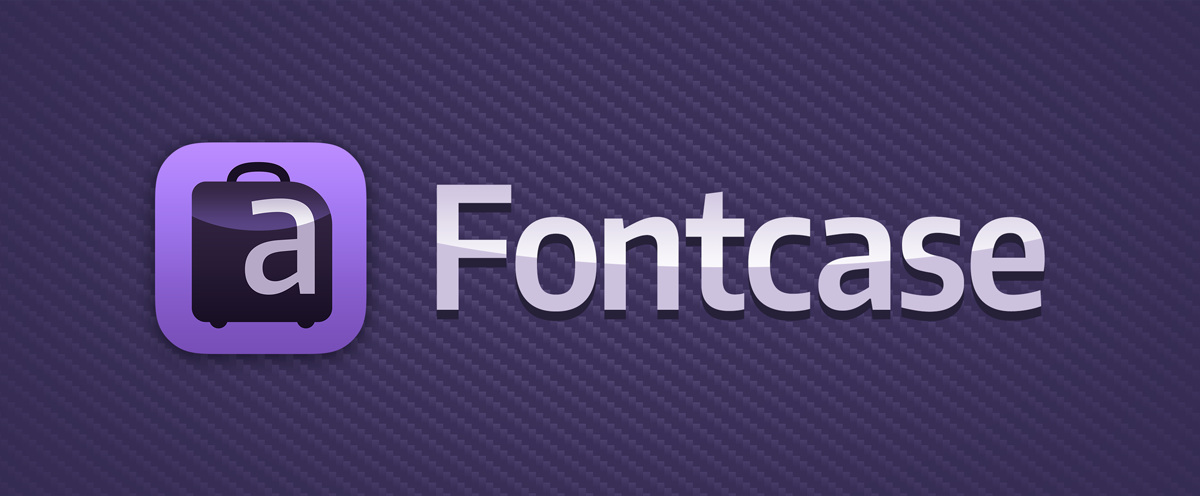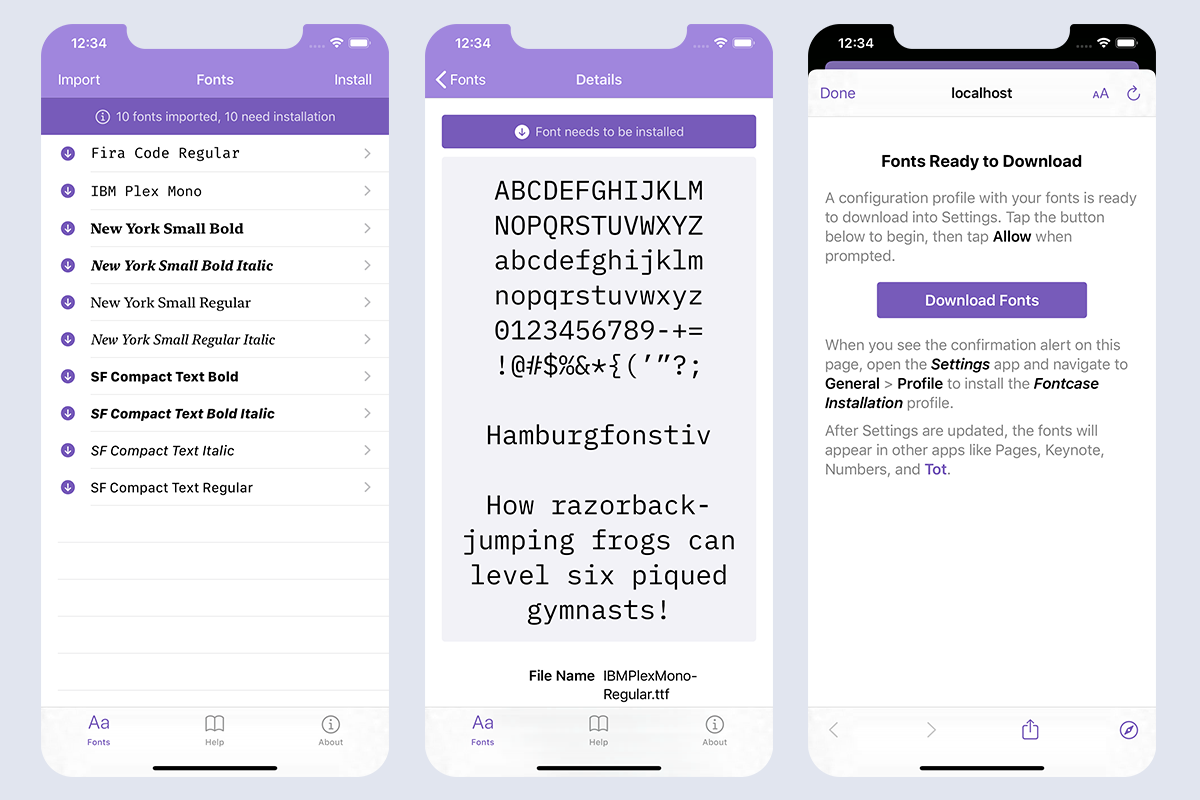
I’m pretty sure this is the first time we’re announcing a new product that isn’t version 1.0. I’m absolutely sure this is the first time that we’re announcing a release that isn’t our own app.
Let me explain.
It all began with our simple text companion, Tot. Everyone wanted to use custom fonts for their text on iOS. We all have our favorite editing fonts and they were easy to configure on macOS. It made sense to bring this capability to the mobile app.
But we quickly realized that getting custom fonts onto iOS is much harder than on the Mac. There is no Font Book app and our initial research indicated that an Adobe CC subscription was required to download fonts. But even with a subscription, we couldn’t see new fonts in Tot. More research led to font installers on the App Store that were loaded with ads and required a passcode to install a configuration profile.
As someone who was used to the elegance of copying a font file to a special folder and then being able to use it system-wide, this felt wrong both from a usability and security point-of-view. So I complained about it on Twitter.
Luckily, one response was just what I needed: Manolo Sañudo tweeted about his app xFonts. The app got the job done, but more importantly it showed why I was being prompted to install a configuration profile.
As a developer, I know a bit more about configuration profiles than most folks. Here are just a few things a someone can do with a configuration profile:
- Add risky certificates and network configurations.
- Modify a font and embed an identity tracker.
- Change or add app icons on your home screen.
Apple’s full documentation about configuration profiles is a real eye opener. It’s designed to allow businesses to control the content and settings of their employee’s devices. It can also be abused by a malicious developer to do the exact same thing with your device.
The xFonts source code put my fears to rest because I could see exactly what it was doing with the profile. And while looking at the code, I had some ideas for improvements. I contacted Manolo and asked if he’d like contributions. After getting the go ahead, there was a pretty substantial pull request. Open source FTW.
Of course, once the code changes were done, we took a pass on the visual elements in the app. Ged’s new app icon and an updated color scheme gives the app a fresh new look.

Here’s what’s new in version 2.0:
- Support for iCloud Drive and Dropbox – the standard file picker can be used to import fonts onto your device. Maintain a folder of fonts on your cloud storage and it’s easy to keep all your devices in sync.
- A font preview with metadata – lets you make a quick visual check that you’ve got the right font.
- Extensive help explaining the installation process and security implications.
- Support for Light and Dark Modes.
- An adaptive layout that works well on devices from the iPhone SE to the largest iPad Pro.
And last, but not least, a new name: xFonts is now Fontcase. (It was much too easy to find the wrong app on the App Store using the previous name. We also know about the retired Mac app with the same name and its developer is fine with us reusing it.)
In the end, we’re all proud of this new version and hope it makes getting fonts onto iOS a little less of a hassle for everyone. Download a FREE copy today!